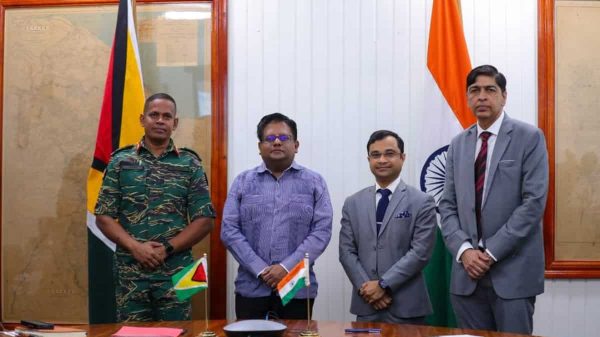Challenges in Infrastructure and Government Spending
For over a decade, scrutiny has been placed on government spending by senior civil servants accountable to Parliament. This scrutiny has revealed instances of projects failing and taxpayers’ money being wasted. However, there is another aspect known as the Big Nasties – projects delayed and investments in critical infrastructure neglected.
The Cost of Deferred Projects
As the country approaches a general election, the repercussions of these deferred projects loom large. The costs associated with addressing these issues will burden any incoming government. One such area of concern is the nuclear enterprise, where neglect in past decades has led to critical issues in maintaining the existing fleet of nuclear submarines.
Infrastructure Challenges
Looking beyond the nuclear enterprise, there are pressing infrastructure challenges that need attention. With 700,000 pupils in inadequate schools and hospitals reaching the end of their useful life, there is a clear need for investment in capital projects. The delays in replacing outdated facilities pose significant risks and costs.
Skills Gap and Long-Term Planning
Addressing these challenges requires not just financial investment but also key skills. However, ongoing skills gaps in crucial areas such as digital technology and construction pose a threat to the timely delivery of projects. Long-term planning is essential to ensure that infrastructure projects are completed efficiently and effectively.
Government Accountability and Future Planning
As governments navigate current crises and future challenges, there is a need for better mechanisms to ensure that public funds are allocated efficiently. Long-term perspectives and consistent funding for critical areas such as digital transformation are vital for sustainable development.
Ultimately, government decision-making must consider the long-term implications of delayed actions and the costs to taxpayers. It is crucial to prioritize effective spending and accountability to ensure that public resources are utilized wisely.
Conclusion
In conclusion, addressing the challenges in infrastructure and government spending requires a comprehensive approach that includes long-term planning, skills development, and efficient allocation of resources. By prioritizing these aspects, governments can ensure sustainable development and effective delivery of critical projects.
















































